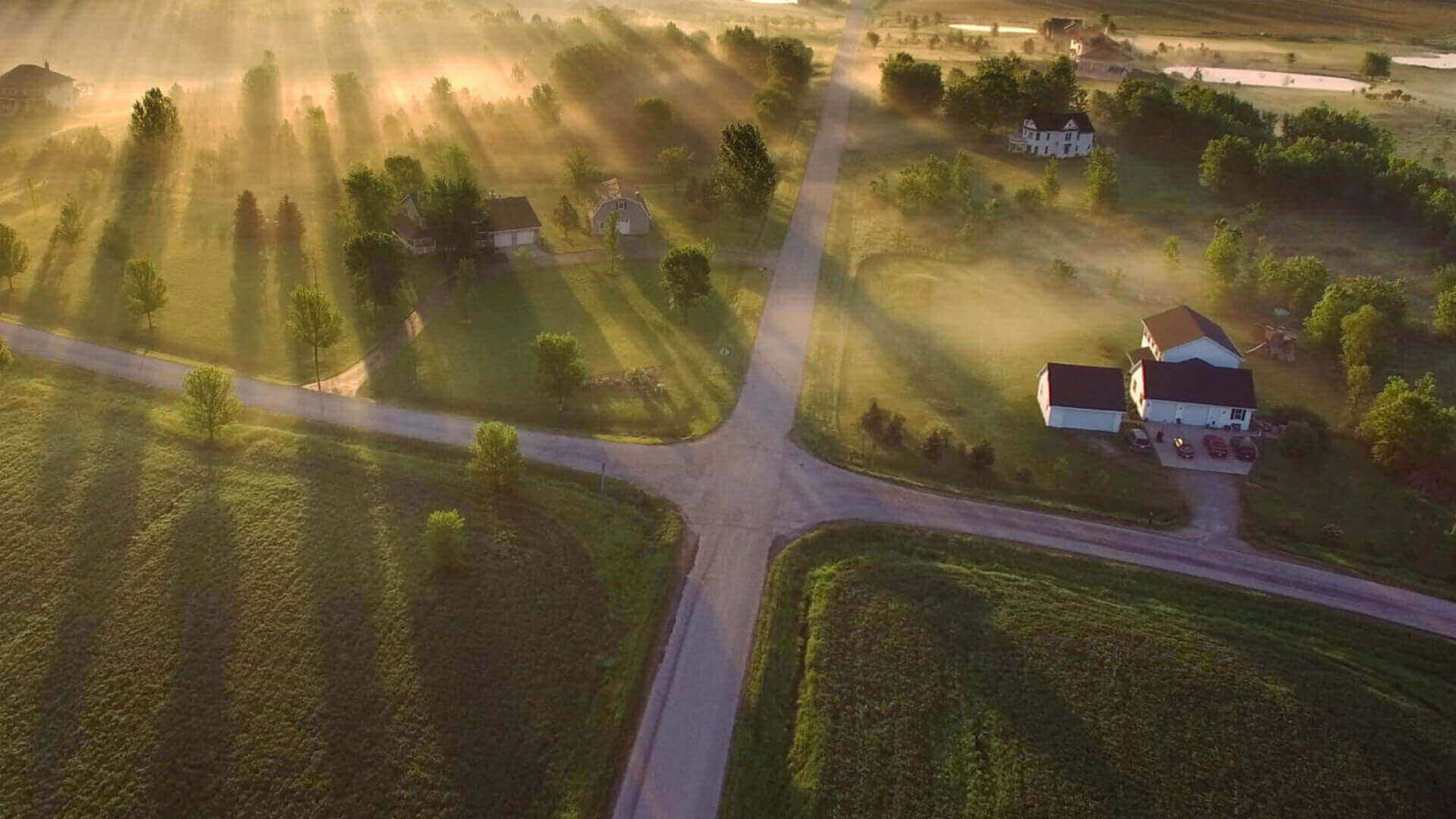Work commences on West Sussex solar farm

1,500 homes to benefit from low carbon energy
Work has now commenced on site for the new 4.85MWp Solar Farm on Tangmere Airfield, West Sussex. Occupying 25 acres of council owned land, it is expected to be fully operational by October, providing enough clean energy to power more than 1,500 local homes.
The solar farm is the first of its kind to be delivered by Your Energy Sussex and Carillion, and marks the start of a large-scale programmethat will include further solar farm developments and solar installations on business premises and social housing to provide low-cost, low-carbon electricity to tenants.
Stephen Hodgson, project director at Carillion comments: “This is an exciting time for our partnership with Your Energy Sussex. We have spent the last few months ensuring the ground is clear of unexploded ordnance as this site was previously an active wartime airfield. We are now working closely with our partner Solarcentury who are leading on the construction of the project and have extensive experience delivering solar projects for councils, community energy groups and private businesses”.
Construction commenced on site this week, and the project will take around three months to build and connect to the local grid. During this time Solarcentury will be planting 300m of trees and hedgerows to infill existing hedges; this will ensure the site is well screened and therefore that it is aesthetically pleasing for local residents. Work has also taken place on site to create habitats for native species.
The electricity generated will be sold to the National Grid, earning more than £13 million through feed-in tariffs over 20 years. The project will cost £5.2 million to build and pay for itself in less than ten years. Planning permission has been granted for 25 years, which will allow the site to return to its previous state if it is no longer needed as a solar farm.
West Sussex County Council Leader Louise Goldsmith said: “The new solar farm will reduce our carbon footprint and benefit the local community because the income generated will be used to fund energy efficiency schemes in the local community. This is especially helpful to the low income and vulnerable residents that may be at risk of fuel poverty.”
The site is positioned on land that is unused and unsuitable for agriculture and work has been carried out to improve habitats for native species. Sheep will also graze between the solar panels to help maintain the site on completion.


